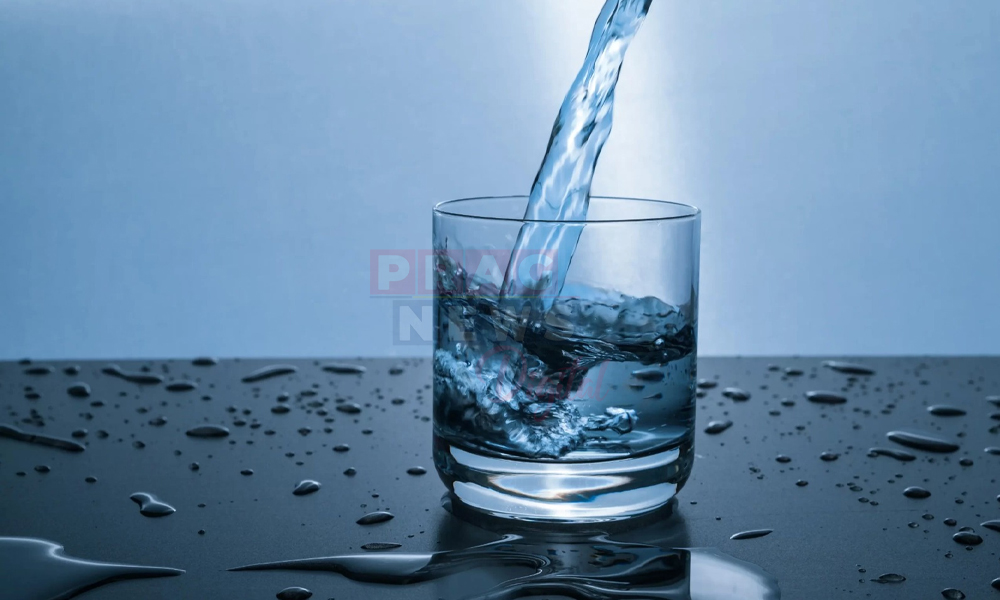Digital Desk: The National Aeronautics and Space Administration (NASA)
claims to have invented a new technique that will significantly accelerate the
slow charging of electric vehicles. According to the US space agency, a new
technology financed by it for future space flights might charge an electric
automobile in just five minutes on Earth and help e-vehicles gain market
momentum.
A NASA team led by Purdue University Professor Issam Mudavar developed
the Flow Boiling and Condensation Experiment (FBCE) technology. It employs a two-stage
Element Flow and Heat Transfer Experiment in the International Space Station's
Microgravity Environment (ISS).
Furthermore, NASA
claimed in the release that this heat management equipment would be delivered
to the ISS in August 2021. It began spreading information about microgravity
flow boiling in early 2022.
In comparison to
current technologies, the novel'subcooled flow boiling' technology considerably
improves heat transmission efficiency and could be used to regulate the
temperatures of future space systems.
Currently, charging
times range from 20 minutes at a roadside station to hours at a home charger.
People considering purchasing an electric vehicle have raised major concerns
regarding long charging times and outlet locations.
To fulfill the industry
goal of reducing charging time for electric vehicles to five minutes, charging
stations will need to produce power at 1,400 amps. Modern chargers can only
deliver currents of up to 520 amps, whereas most consumer chargers can only
deliver currents of less than 150 amps.
However, 1,400 amp charging systems will generate significantly more heat than current systems, necessitating the use of more advanced temperature management mechanisms.


















